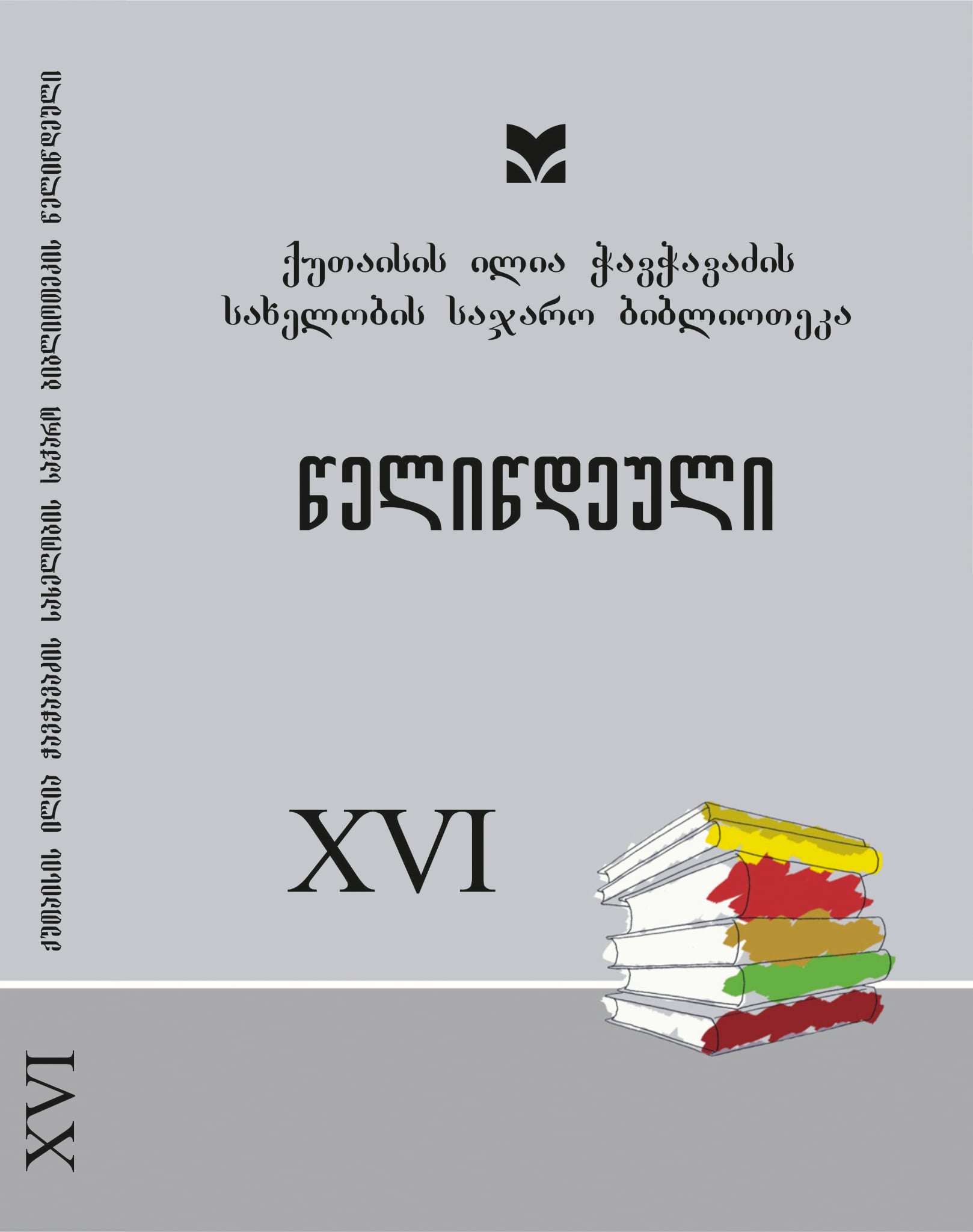Peculiarities of strategic communications during the 1924 uprising
DOI:
https://doi.org/10.61491/yk.16.2024.9404Keywords:
strategic communications, strategic plan of the 1924 uprising, communications during hostilitiesAbstract
The August Uprising of 1924 was a pivotal moment in the Georgian national liberation movement—a bold attempt to restore the country’s lost independence. Soviet historians, and later many foreign scholars influenced by them, often dismissed this event as mere Menshevik adventurism, attributing it to romanticism and downplaying the Georgian people’s struggle for freedom. The release of archival documents long hidden from researchers has since revealed many new nuances. Numerous studies, books, monographs, and articles have been written on the uprising, especially in connection with its centenary. Based on these materials, this article examines the peculiarities of the strategic communications employed by the rebel leadership.
The failure of the uprising, like that of many ambitious undertakings, prompts reflection on the causes behind it. Many of these causes were linked to shortcomings in communication. What strategy did the planners of the uprising devise, and how effectively was it implemented? This article identifies recurring patterns typically used by rebels to uphold conspiracy rules: illegal printing
presses and the distribution of proclamations; organized meetings at designated locations; secret apartments and passwords; counter-surveillance and early warning systems for security; social networks of supporters, agents, and trusted families; material support; and international connections. The greatest challenge lay in the geographical dispersion of insurgents across different parts of Georgia and the difficulty of maintaining communication with the government in exile.
The article also draws a parallel with the actions of the Georgian Special Commission, emphasizing its numerical superiority and extensive agency network in Tbilisi and throughout the Caucasus. Although the strategic communications of the national liberation fighters were based on sound principles and driven by high patriotic motives, the element of surprise was lost (at the decisive
moment, barely 60 of Cholokashvili’s 600-man squad could be assembled for battle). Disunity among the rebel leaders, combined with the overwhelming numerical advantage of Soviet forces, their repressive experience, and the sheer brutality of their response, proved decisive factors in the uprising’s failure.




